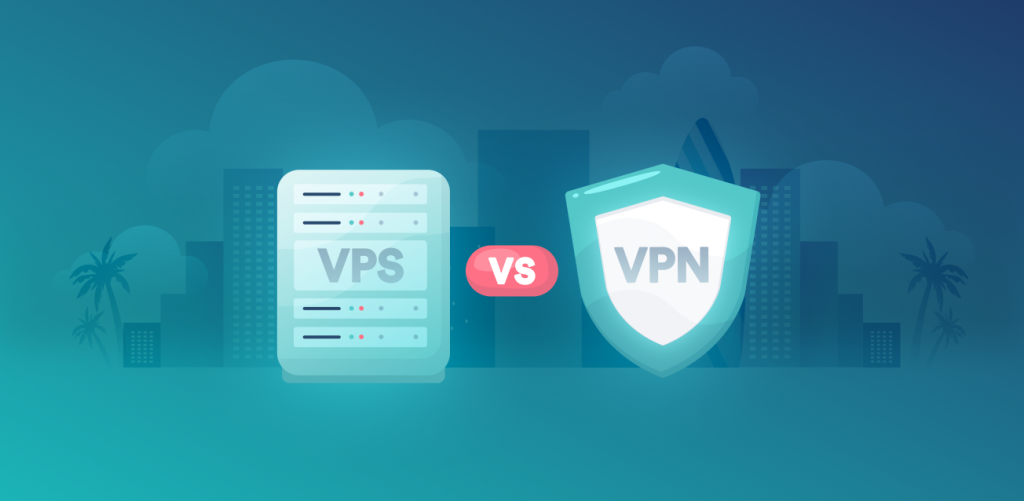Open Learning in School
"open learning" is used to describe learning situations in which students have a variety of choices in relation to time, place, teaching methods, modes of access and other factors related to their learning process. From this point of view, it should be understood that a learning situation or process should be open to anyone, under any circumstances, in any place and at any time.
What is Open Learning?
Open
learning is a form of distance education where the student is not physically
present in the classroom - it is developed using the Internet. With a range of
course types to choose from, flexible and affordable learning options are on
the rise.
Common
types of Open Learning
While
there are many options for learning (and teaching) online, there are several types
that are well supported by existing systems and established pedagogies.
1. Video conference
Video
conferencing is a common way for teachers to communicate directly with students
in live lessons. This can be a one-on-one session or a classroom-like scenario
where multiple students join the teacher live.
2. Synchronous learning
Synchronous
learning is when all students learn together at the same time (and often in the
same place), but the instructor is in a different location. It often involves
video or teleconferencing that digitally connects teachers and students.
3. Open the schedule
Open
schedule courses add another layer of flexibility. It's a type of asynchronous
course setting, except there are no deadlines. This is ideal for students with
other demands on their time, such as professionals or stay-at-home parents.
4. Fixed time
Fixed-time
online courses are a type of synchronous course that requires all online users
to visit a specific virtual location at a set time and place (Ex, a webinar).
Unlike more fixed synchronous lessons, this allows students from anywhere in
the world to connect and interact online.
The benefits of Open Learning in
School
1.
It is flexible
A
key benefit of open learning is flexibility. This advantage has encouraged many
educators to switch to distance learning after the coronavirus outbreak, as
e-learning allows students to continue their education without having to be
physically present.
2.
It saves time
One
of the best benefits of open learning is that it saves you time throughout the day. In
a traditional school, a teacher oversees an entire class of students raising
their hands, asking for feedback, passing notes, chatting with their
friends—you name it. And all these distractions take up time. While there may
be live video courses in distance learning, much of the content remains
available 24/7, including live recorded class lectures, resulting in fewer
interruptions compared to a traditional environment.
Additionally,
if your school uses pre-existing curriculum and learning materials or an LMS
system, you can easily save time compared to planning and rescheduling lessons
on a traditional schedule.
3.
It offers more networking opportunities
Another
advantage of open learning is that it opens up the world beyond the confines of
the typical classroom. This is a huge advantage for older students, especially
those in high school and college who might be looking for work. Through open
learning, students can connect with experts in their field, various teachers
and professors, and many others.
4. Enables students to improve
their time management skills
Open
learning is suitable for a variety of learners, including procrastinators. It
is up to the student how and when they complete their tasks. And whether it's a
week or a day before the due date, the process mostly depends on the student.
This
accountability differs from the more monitored traditional classroom where all
students are expected to do the same work at the same time on the same days. In
most cases, there are no set schedules for semester-long online courses, so
students have more say in how they complete their schoolwork.
5.Helps
students develop their technical skills
Technically
skilled individuals are in high demand in the workplace. And most online
tutorials use some form of technology to deliver the content. Open education
programs support these technical skills, which are relevant to many
occupations:
1.
Online
research
2.
Text
processing
3.
Video
conference
4.
Presentation
of slides
5.
Discussion
panels
6.
Collaboration
apps (like Slack)
7.
Social
networks
8.
Email
Correspondence
9. Post information on a Wiki/website/blog
10. Video creation




Comments
Post a Comment